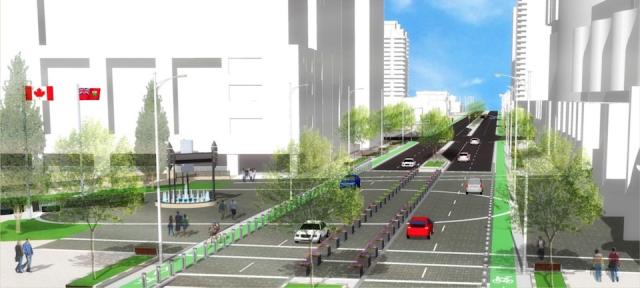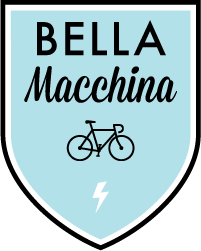
Mayor Tory and the Toronto Public Health team,
Recently, cities such as Bogota, New York, Berlin and Calgary have closed traffic lanes to provide extra space for people who walk or bike. There’s no reason why Toronto shouldn’t do the same particularly on streets such as Yonge where in the downtown 75% of the users are pedestrians but are given only 25% of the space. While I respect the tireless work done Dr. De Villa and the Toronto Public Health team to stop the spread of COVID-19, I am disappointed to find out Toronto would not consider this.
In the case of Yonge Street, it’s worth reminding public consultations were under way to pedestrianize the stretch from College to Queen Streets. Other studies already happening which would make great candidates for traffic lane closures include the Danforth Study (from Broadview to Victoria Park Avenues) and the Bloor bike lane extension to Runnymede Road. With those streets being studied anyway, why not accelerate the process at this time of need to make these traffic lane closures a reality now?
Without gyms or parks, people still require a way to remain active and many may choose to avoid crowds on public transportation by walking and biking. This is particular true as temperatures rise and the COVID-19 pandemic persists. Now is the time for you and Toronto Public Health to temporarily close traffic lanes on Yonge, Danforth, Bloor, and Lake Shore to help people who walk or bike maintain physical distancing on these busy arterials. I also recommend identifying other streets through a data driven approach which could be good candidates for closures during COVID-19 and future pandemics.
I thank you for your consideration and feel free to contact me should you have any further questions.
Sincerely,Peter Rogers
Ward 13 Resident and Toronto Centre Cyclists Advocate


